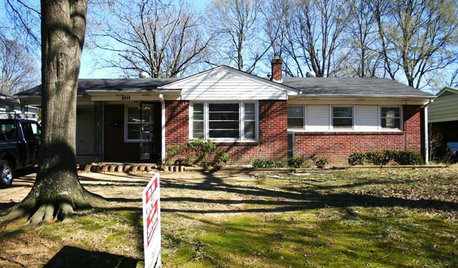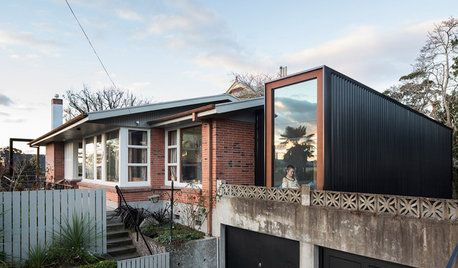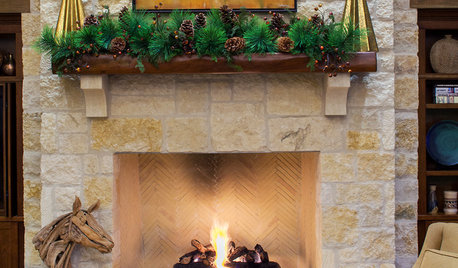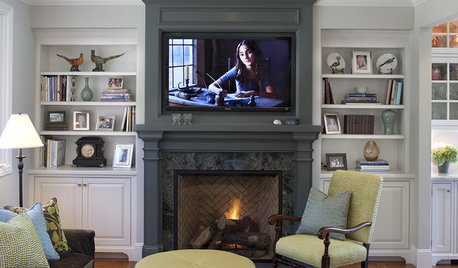When is it time to rewire an older house?
alabamanicole
13 years ago
Related Stories

CONTRACTOR TIPSBuilding Permits: When a Permit Is Required and When It's Not
In this article, the first in a series exploring permit processes and requirements, learn why and when you might need one
Full Story
REMODELING GUIDESWhen Retirement Came Early, a Couple Headed for the Hills
A Seattle pair turn their part-time home into a full-time one, remodeling it to gain views and help it stand up to snow, sun and wind
Full Story
REMODELING GUIDES5 Ways to Protect Yourself When Buying a Fixer-Upper
Hidden hazards can derail your dream of scoring a great deal. Before you plunk down any cash, sit down with this
Full Story
ADDITIONS7 Modern Additions to Older Homes
These contemporary add-ons go their own way as they play off the style of the original
Full Story
SELLING YOUR HOUSEFix It or Not? What to Know When Prepping Your Home for Sale
Find out whether a repair is worth making before you put your house on the market
Full Story
SELLING YOUR HOUSE15 Questions to Ask When Interviewing a Real Estate Agent
Here’s what you should find out before selecting an agent to sell your home
Full Story
DECORATING GUIDES13 Decorating Tips for Older Homes
Preserve the personality of the past while designing for now with these tips for paint, rugs, window treatments and more
Full Story
SELLING YOUR HOUSEHow to Decorate for the Holidays When Your Home Is for Sale
You can make your home appealing to potential buyers and still celebrate the season. Here are 7 tips to keep in mind
Full Story
DECORATING GUIDES10 New Looks for Fireplaces in Older Homes
From updated bricks to modern art on the mantel, these ideas for the fireplace will help your older home feel young at hearth
Full Story
MOST POPULARHouzz Tour: Gracious Older Home Updated for a Young Family
A Texas designer lightens up and repurposes rooms, creating a welcoming space that suits this family’s casual lifestyle
Full StoryMore Discussions








kudzu9
normel
Related Professionals
Dunedin General Contractors · Everett General Contractors · Foothill Ranch General Contractors · Franklin General Contractors · Melville General Contractors · Riverdale General Contractors · Welleby Park General Contractors · Muscoy Solar Energy Systems · Carson Solar Energy Systems · Half Moon Bay Solar Energy Systems · Lynwood Solar Energy Systems · Torrington Solar Energy Systems · Jamaica Plain Home Automation & Home Media · Novi Home Automation & Home Media · Orange County Home Automation & Home MediaalabamanicoleOriginal Author
brickeyee
abbey_cny
scottys
inox
alabamanicoleOriginal Author
inox
brickeyee
alabamanicoleOriginal Author
Scott Waschlerner
kudzu9